The chances of getting bit by a snake are very low. You are actually are more likely to be killed by a cow than a snake. And, even if a venomous snake does bite you, it doesn’t always release venom into the wound.
However, I’m not one of those people who ignores or dismisses potential disasters because “they are unlikely.” If you are going into the wild, it is your responsibility to be prepared for the worst – and that includes knowing how to treat a snake bite.
I highly recommend that you PRACTICE this. Just like how we did fire drills in school, practice ensures that you will know what to do in a real-life situation, even if your adrenaline is pumping out of fear.
Want this information in PRINTABLE format?
(and support my website in the process? :))
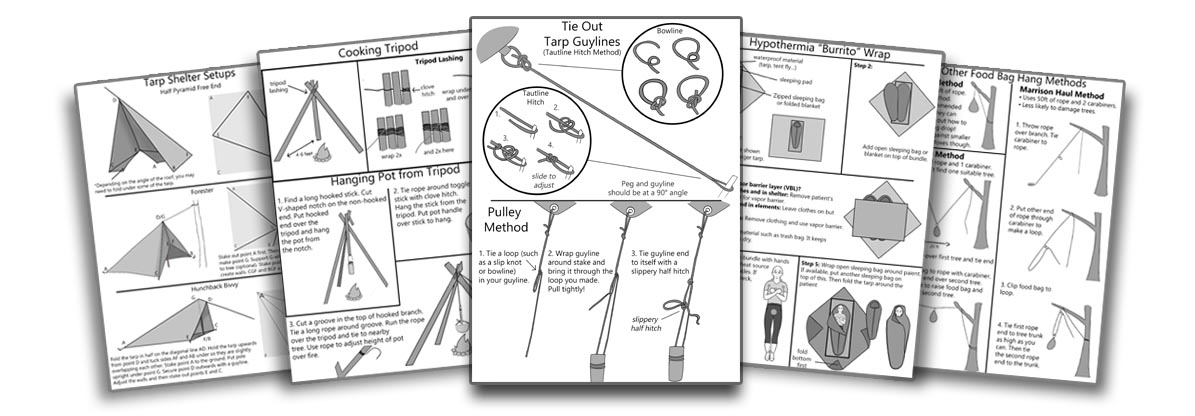
They have 42 pages of useful, illustrated information covering tarp shelters, knots, fire lays, wilderness first aid, and more. I’ll even give you 50% off because first aid is so important.
Get the Cheat Sheets for 50% off here
Snake Bite First Aid Treatment
Keep reading for more detailed instructions.
1. Get out of the danger area.
Snakes do sometimes bite twice, and the same snake can bite two (or more) different people. So, if the snake hasn’t left the area, you need to get away from it ASAP.
Take a picture if possible. A picture can help ID the snake for treatment. However, only take a picture of the snake if you can do so from a safe distance.
2. Keep the patient still and calm.
Contrary to common belief, snake venom does not travel through the circulatory system. Instead, it travels through the lymph system. The lymph system doesn’t have a pump (such as the heart) to move it.
Instead, muscle movements move lymph fluid. This is why it is so important for the snake bite victim to stay as still as possible. The pulsing of arteries can also move lymph fluid, so they should stay calm.
3. Remove tight items.
Venomous snake bites swell up very quickly. This is why it’s important to remove any tight objects, such as rings or watches, from the victim. Otherwise these will cut off circulation and possible cause tissue damage.
4. Draw a circle around the snake bite.
Write time next to the circle. This is important for medical professionals so they know the exact location of the bite and how much time has passed.
5. Apply a wide bandage.
Almost all snakes bites are on the hands (50.3%) or on the leg/foot (39.2%). So, the instructions for bandaging a snake bite are for these extremities.
- You’ll need a long, stretchy material. An elastic bandage works well. You can also use a cut-up shirt.
- Start from the foot or hand of the affected limb.
- Wrap upwards.
- Cover as much of the limb as possible.
- The wrap should be snug but not so tight it restricts blood flow (this can result in venom getting trapped in one area and causing tissue damage). You should be able to easily put two fingers underneath the bandage.
6. Apply splint to immobilize the limb.
As mentioned in step three, muscle movements will cause snake venom to move throughout the body. You need to immobilize the affected limb to prevent this.
You will need to immobilize the joints above and below the bite area. You can do this by putting a stick along the limb and wrapping a bandage around it.
- For a bite to the forearm, for example, you will need to immobilize the wrist and elbow. Ideally, they should be in a gravity-neutral position at heart level.
- For bites to the lower leg or thigh where the victim doesn’t need to walk, you can bind both legs together.
7. Get help.
Ideally, the snake bite victim shouldn’t move at all. If help can get to the victim relatively fast, they should wait where they are, staying as still as possible, until a rescue team comes and carries them out on a stretcher for treatment. Or, if with a group, the group can improvise a stretcher to carry the victim out.
However, if the victim is somewhere remote and help can’t get to them quickly, they will have to walk somewhere to get help. In this case, the victim should try to move the affected limb as little as possible and stay calm to slow the spread of venom.
DO NOT
These methods do not work and can cause the patient further harm.
- Try to suck the venom from the wound.
- Cut the wound.
- Apply a tourniquet. Or other constrictive bandage.
- Give painkillers.
- Apply ice.
- Apply mud, charcoal, or anything else to “absorb” the venom.
- Wash the wound. The venom on the skin may be needed to ID the snake.
Do Snake Venom Extractors Work?
Virtually all research shows that venom extractors, like the one sold by Sawyer, do not work to remove snake venom. However, some research does show that they may be effective if applied within 5 minutes and left on for at least 30 minutes.
An extractor should never be used instead of getting treatment though. If bit by a snake and you aren’t 100% certain it isn’t venomous, get medical help immediately.
Sources:
https://www.aafp.org/pubs/afp/issues/2002/0401/p1367.html,
https://www.researchgate.net/publication/333057900_Consecutive_envenomation_of_two_men_bitten_by_the_same_coral_snake_Micrurus_corallinus,
https://www.scielo.br/j/jvatitd/a/LkG6Yjxsr66qr7PYY7kZQkL/,
https://ejfs.springeropen.com/articles/10.1186/s41935-018-0040-3,
https://journals.sagepub.com/doi/full/10.1580/06-WEME-OR-080R1.1,
https://www.sciencedirect.com/science/article/abs/pii/S0735675720307774, https://www.mdanderson.org/publications/focused-on-health/exercise-and-the-lymphatic-system.h20-1592991.html
Image credits:
https://commons.wikimedia.org/wiki/File:Fer-De-Lance_Snake_Bite.jpg by Petebethune, Creative Commons Attribution-Share Alike 4.0 International license.
“072” (CC BY-NC 2.0) by danny.fitzgerald,
“notice bruising on upper arm” (CC BY 2.0) by thelazydba


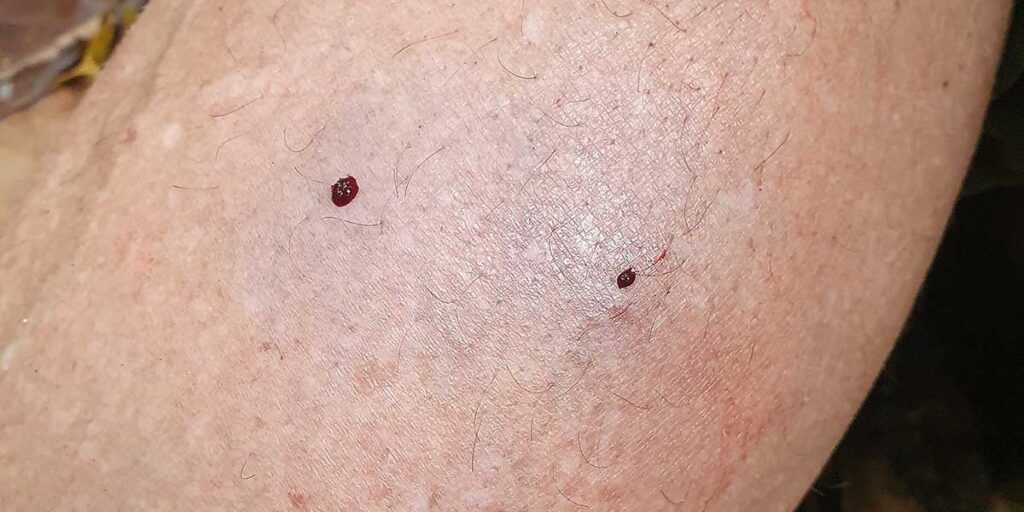
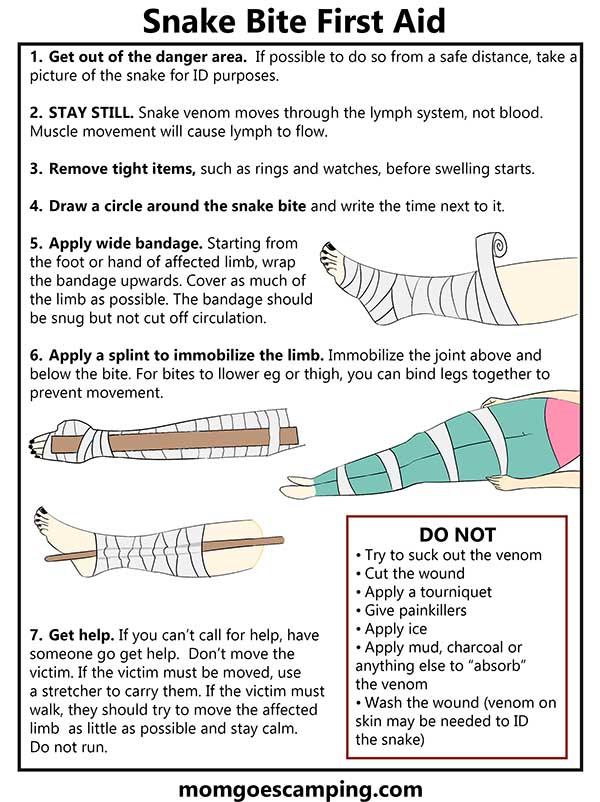
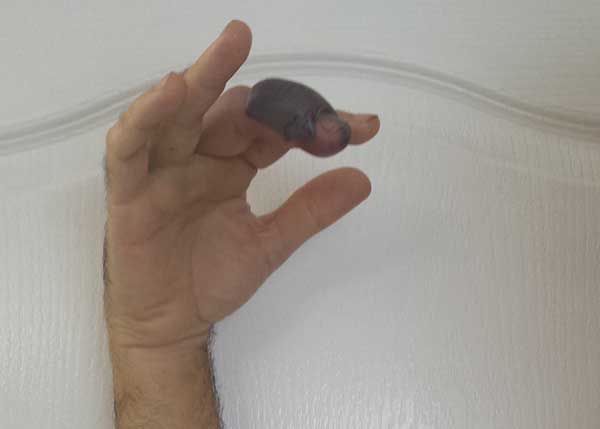
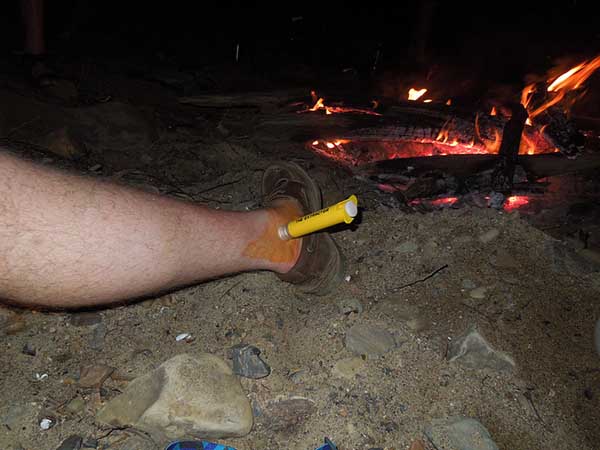

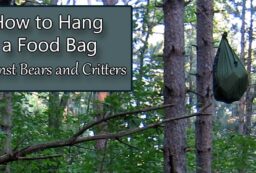
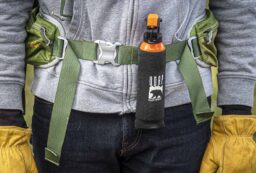







Post your comments